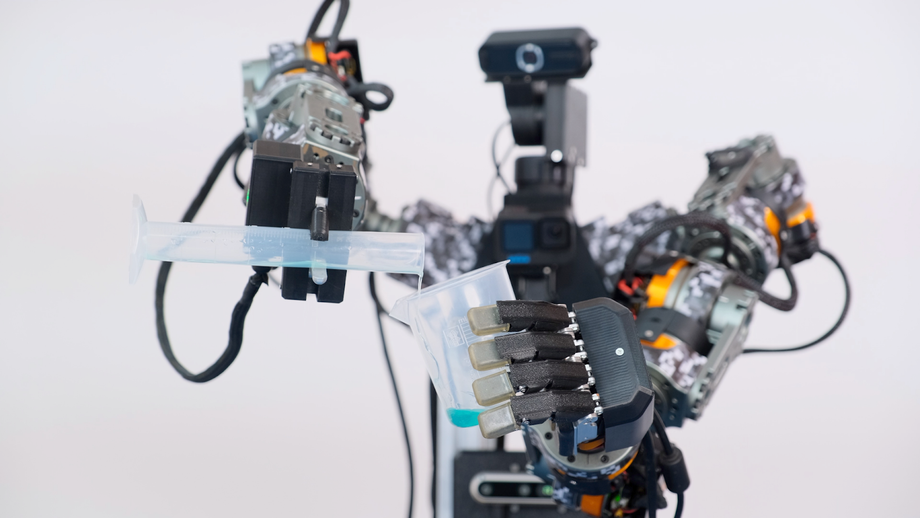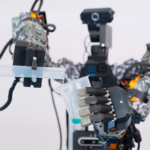Imagine stepping into a cutting-edge chemistry lab today. At first, it seems familiar—beakers, test tubes, and the subtle aroma of solvents fill the air. Scientists are still there, eyes glued to their screens. But beneath the surface, a profound shift is underway. Listen closely, and you’ll catch the soft buzz of robotic arms, the gentle clatter of automated tools, and the continuous hum of machines working tirelessly. This is the dawn of a new era: the quiet, relentless rise of laboratory robotics.
From Human Hands to Robotic Mastery
Gone are the days when chemical research relied solely on the steady hands and sharp eyes of scientists. For centuries, every drop measured, every sample transferred, and every reaction timed was a test of human patience and precision. Now, robotics has rewritten the script. Today’s laboratory robots can execute even the most intricate protocols with a level of consistency and accuracy far beyond human reach.
These machines are programmed to perform everything from liquid handling and reagent mixing to instant data analysis. The result? Experiments are not only more reproducible, but also dramatically faster. What used to take an entire workday can now be accomplished in a fraction of the time, with unwavering reliability.
Science on Autopilot
But the true magic of lab robots isn’t just in their precision—it’s in their endurance. Unlike people, robots don’t need to rest or recharge. They can run experiments non-stop, 24 hours a day, seven days a week. This non-stop operation means researchers can screen thousands of compounds at lightning speed, accelerating the pace of discovery like never before.
Here’s how this technological leap is transforming laboratories:
-
Safety First: Robots are the ultimate guardians in the lab, taking on the dangerous work of handling toxic, corrosive, or radioactive chemicals. By managing these substances within sealed systems, they protect human colleagues from harm and create a safer workplace.
-
Pinpoint Measurement: Modern lab robots are engineered for flawless measurement and dispensing. Automated modules precisely weigh and transfer chemicals, eliminating the tiny errors that can derail an experiment and ensuring every procedure starts with perfect proportions.
-
Effortless Automation: The repetitive, time-consuming chores—sample transfers, mixing, cleaning—are now the domain of robots. This automation liberates scientists to focus on innovation, analysis, and creative problem-solving, while the machines keep the workflow running smoothly around the clock.
The Technology Behind the Scenes
-
Robotic arms with advanced sensors and adaptable grippers deftly manipulate everything from volatile liquids to fragile apparatus.
-
Specialized modules automate pipetting, dosing, heating (up to 300°C), filtration, and even equipment cleaning.
-
Smart software orchestrates every move, recording each step for full traceability and reproducibility.
-
Some systems harness AI and computer vision, understanding plain language instructions, adapting to unexpected outcomes, and providing instant feedback.
-
Modular, intelligent automation empowers labs to run high-throughput experiments continuously, maximizing both productivity and data quality.
The Human-Robot Alliance
Are robots making scientists obsolete? Not at all. The modern lab is a place of partnership, where human creativity and robotic precision work in harmony. Robots handle the demanding, repetitive, and hazardous tasks, while scientists steer the direction of research, interpret results, and dream up the next big breakthrough.
This isn’t just a technological upgrade—it’s a fundamental reimagining of how science is done. The next wave of discoveries will be born from this alliance, where human insight and robotic efficiency combine to push the boundaries of what’s possible.
Written by: Deepanshi Hooda
socialhardware.in


